Description
Helping Insertion of Contact and Scleral Lenses with i-Chek™ |
| Application of contact lenses and especially scleral lenses can be challenging. Even with well-fitted lenses, many people may have difficulty applying the lenses without slightly misaligning the contact lens (especially Toric lenses) or trapping air bubbles under scleral lenses.
Misalignment of contact lenses can decrease your ability to see (reduced visual acuity) which is not a good situation. In addition, many scleral lenses wearers have difficulty seeing any entrapped air bubbles under their lens, which can be dangerous since corneal tissue will become dehydrated beneath an bubble quickly giving rise to dry, scratchy and irritated eyes. These issues and many others can now be eliminated with the Patent Pending i-Chek™. i-Chek™ gives you the ability to see up-close in ultra high definition any lens misalignments as well as any entrapped air bubbles under your lenses. Now you can very quickly and easily see what you’ve been missing when you put in your contact and scleral lenses. |
Helping Treat Blepharitis with i-Chek™ |
| Blepharitis is an inflammation of the eyelids causing red, irritated, itchy eyelids and the formation of dandruff-like scales or flakes on eyelashes. It is a very common eye disorder typically caused by an overgrowth of normal bacteria. People with blepharitis may experience itchy, irritated eyelids that feel gritty and/or have a burning sensation. They may also have excessive tearing, and have red and swollen eyelids, dry eyes, or crusting of the eyelids. For some people, blepharitis causes only minor irritation and itching. However, it can lead to more severe signs and symptoms such as blurring of vision, missing or misdirected eyelashes, and inflammation of other eye tissue, particularly the cornea.
In many cases, good eyelid hygiene and a regular cleaning routine can control blepharitis. This includes warm compresses applied to loosen the scurf, debris and crusts, followed by gentle scrubbing of the eyes and eyelids with a mixture of water and baby shampoo or an over-the-counter lid cleansing product. The trouble is that many people cannot see what debris they have on their eyelids, let alone what to needs to be cleaned off! An important part of controlling blepharitis involves first seeing what debris and crust you have on your eyelids and eyelashes — then effectively scrubbing your lids and lashes to remove the “gunk”. Now you can see up close what you’ve been missing with i-Chek™! Directions for a Warm Soak of the Eyelids:
Directions for an effective Eyelid Scrub with the aid of i-Chek™:
|
|
|
| When you get something in your eye, you may want to rub your eye until the dust, dirt or debris is gone – Please Don’t. If you rub your eye, the trapped particle or debris could be pushed into your eye, under your eyelid lid, possibly scratching the clear part of your eye called the cornea. If you rub your eyes and you scratch your cornea, permanent eye damage may occur, along with a great deal of pain — don’t rub your eyes when you get dirt or debris in them. The Patent Pending i-Chek™ gives you the ability to see up-close in ultra high definition any dust, debris or foreign bodies that may have gotten into your eye. Now you can see what you’ve been missing up close with i-Chek! Instructions: Use your i-Chek™ is to locate whatever it is that is in your eye. Place the i-Chek™ over the affected eye, depress the LED power button to illuminate your eye and eyelashes and look in all four directions (up, down, right and left). If you can’t see the foreign object, use the separator bar on the i-Chek™ to pull down on your lower lid to look there for the foreign object. If you can’t locate it there, you can use a finger from your other hand to lift up the upper lid to look there for the object. Once you locate the foreign object, please do the following:If a foreign body is imbedded in the sclera (the white part of your eye) or cornea, you should not try to remove it. A scratched cornea or an imbedded foreign body are conditions that need to be treated by an ophthalmologist or an optometrist. Attempts to remove foreign bodies without the correct skills and instruments are very rarely effective and often make the problem much worse.If on the other hand the dirt or debris is laying on the surface of your eye or inner eyelid, it is sometimes easier to directly wipe the item out of your eyes by using a dampened small white cotton swab, tissue, or cloth. Press gently (don’t rub!) the swab onto the spot in your eye to remove the debris. Be careful not to rub or apply pressure to the cornea, since your cornea has many nerve endings and it is very sensitive. If you use a white cloth or cotton swab, you should be able to see the debris on your swab when it has been removed.In addition, you may be able to rinse your eye with water, artificial tears or normal saline fluid to dislodge the debris once you have located the foreign object with your i-Chek™. If you own an eyecup used for rinsing eyes, use it to wash out your eyes with cool, clean water. If you don’t own an eyecup, you can use a small bowl or cup full of cool water and splash the water into your open eye. You could also place your open eye under a gently-running faucet to rinse out the debris. Once you feel like the debris has been removed from your eye, use your i-Chek™ one more time to ensure that all of the debris has been removed.As a note, if none of these approaches works, and the foreign object remains stuck in your eye, you may need to seek medical attention. Also, if your vision is blurred or you feel pain after removing a chemical — or any other object — from your eye, seek help from your eye care provider. Large items should always be removed from the eye by a doctor or trained professional. |

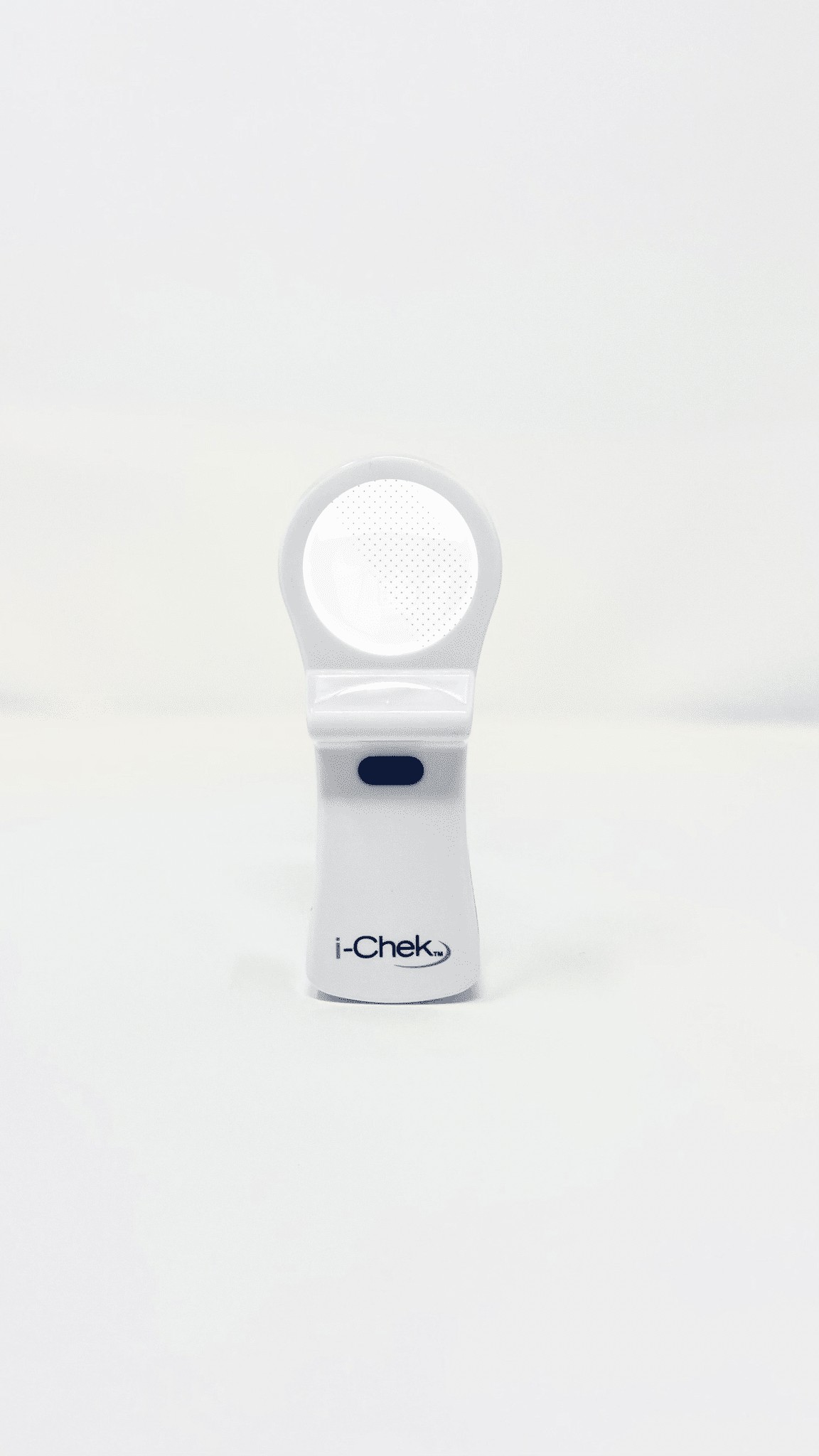
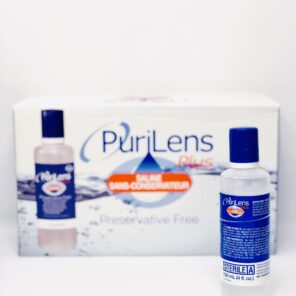
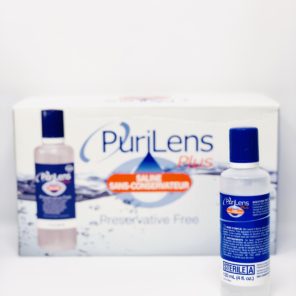
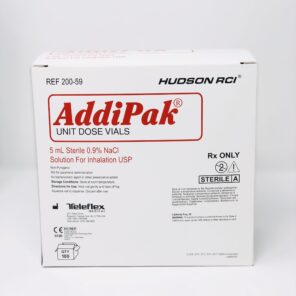
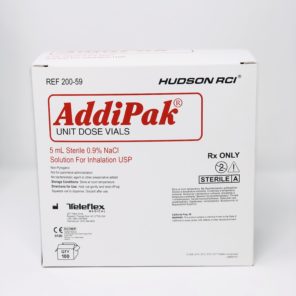
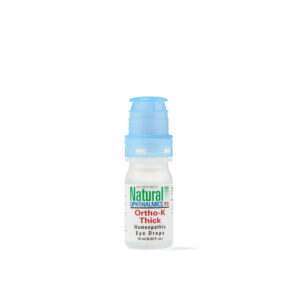
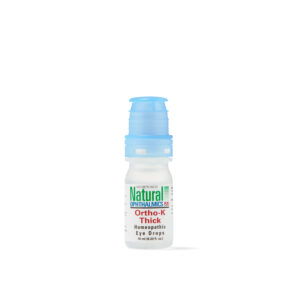
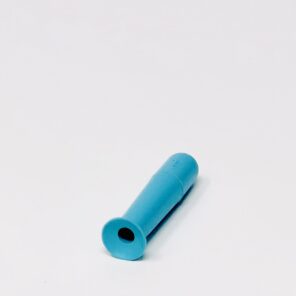
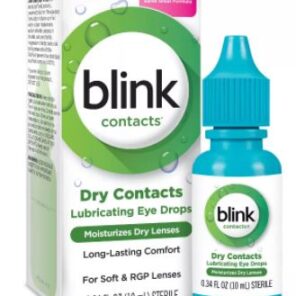
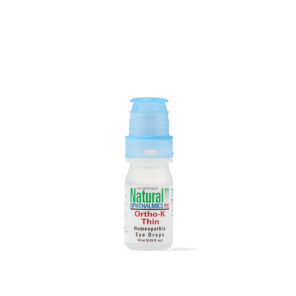
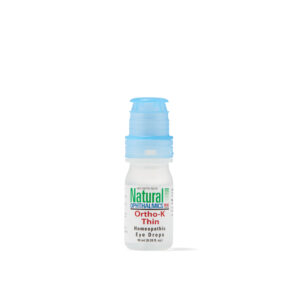
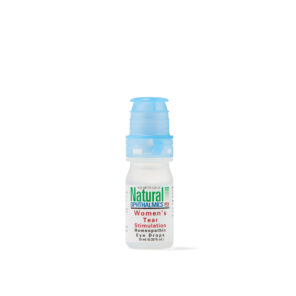
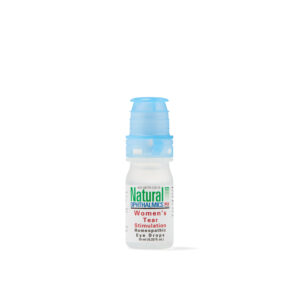
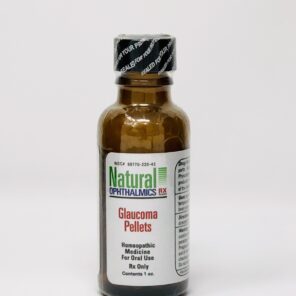
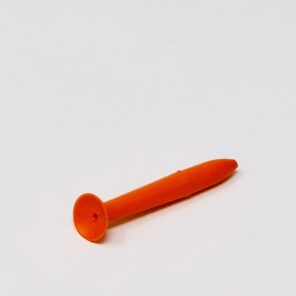
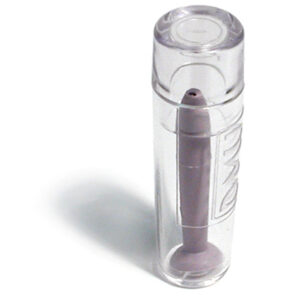
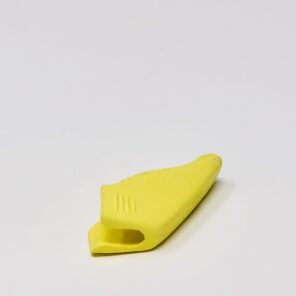
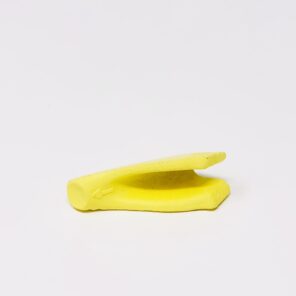
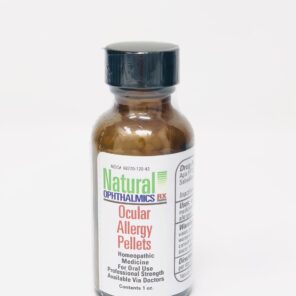
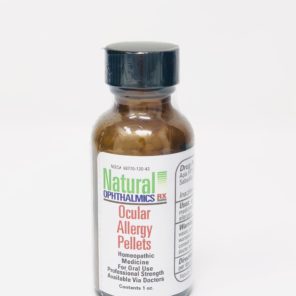

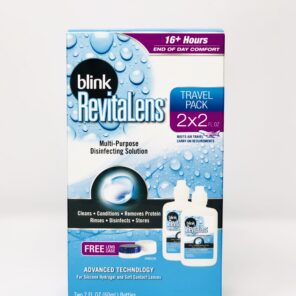
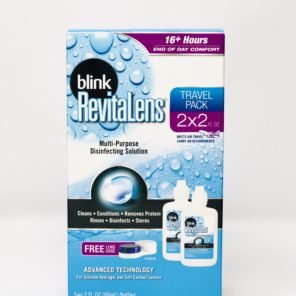
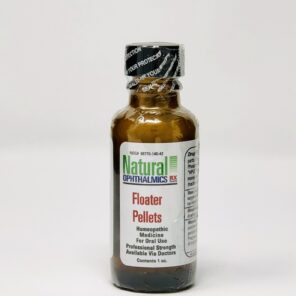
Reviews
There are no reviews yet.